Carbide rods are some of the most versatile and durable materials used in modern industries. Whether it’s in cutting tools, high-precision electronics, aerospace, or medical equipment, carbide rods play an essential role. In this guide, we’ll break down the many applications of carbide rods, their unique properties, and why they’re the go-to material for various manufacturing needs.
Applications of Carbide Rods in Manufacturing Cutting Tools
Carbide rods are widely used to manufacture cutting tools like drill bits, end mills, and routers. Why? Because they’re tough, wear-resistant, and capable of maintaining sharp edges even under extreme conditions. Imagine trying to cut through steel or hard alloys—ordinary tools might fail, but carbide-based tools handle it like a pro.
In machining processes, the high hardness of carbide ensures precision, reducing downtime caused by frequent tool replacement. Whether it’s in automotive, aerospace, or even home hardware industries, carbide cutting tools deliver reliable performance.
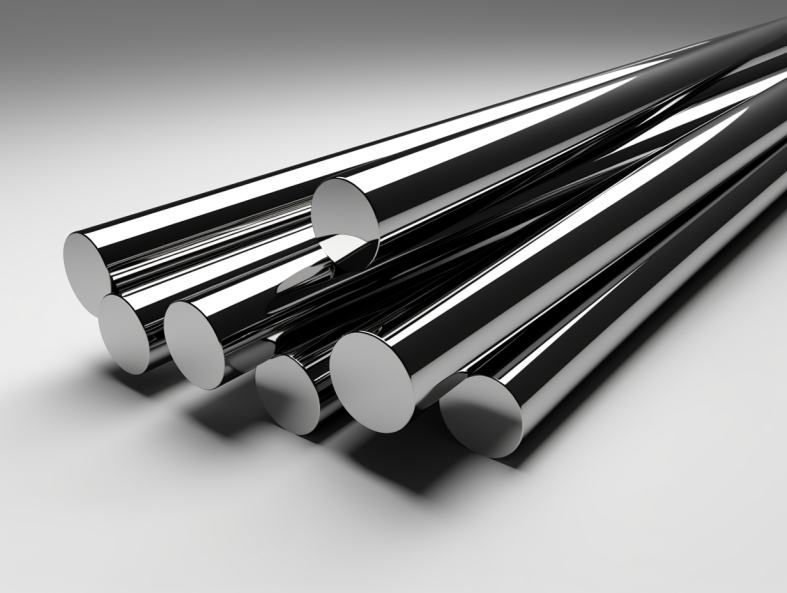
Applications of Carbide Rods in High-Strength, Wear-Resistant Parts
Carbide rods shine in the manufacturing of parts where strength and wear resistance are critical. Here’s a breakdown:
| Application Area | Examples of Parts Produced | Why Carbide is Ideal |
|---|---|---|
| Industrial Machinery | Bearings, bushings, and seals | High wear resistance, longevity |
| Automotive Industry | Valve seats, piston rings | Handles extreme pressures and temperatures |
| Oil and Gas | Nozzles, flow restrictors | Exceptional erosion and corrosion resistance |
| Construction Equipment | Excavator teeth, drilling bits | Toughness in demanding environments |
Thermal Conductivity and Strength of Carbide Rods for High-Precision Components
Carbide rods offer excellent thermal conductivity and strength, making them ideal for applications in electronics and electrical components. Their ability to dissipate heat efficiently ensures the reliability and longevity of high-precision devices.
| Key Property | Benefit in Electronics | Examples of Usage |
|---|---|---|
| Thermal Conductivity | Prevents overheating, ensuring component stability | Heat sinks, thermal interface materials |
| High Strength | Reduces deformation under stress | Connectors, terminals in high-performance circuits |
| Dimensional Precision | Enables accurate, miniaturized components | Microchip carriers, circuit board supports |
The combination of these properties allows carbide rods to meet the stringent requirements of modern electronics.
Carbide Rods in Mining and Energy Sectors
In the mining and energy industries, carbide rods are essential for developing and processing hard ores and energy materials. Picture the harsh conditions of underground mining—extreme pressure, abrasiveness, and high temperatures. Carbide tools and components thrive in these settings.
For example, carbide-tipped drill bits and rods are used to break through tough rock formations. In the energy sector, carbide rods are part of equipment used to handle coal, oil, and gas, where durability is paramount to maintain efficiency and reduce operational costs.
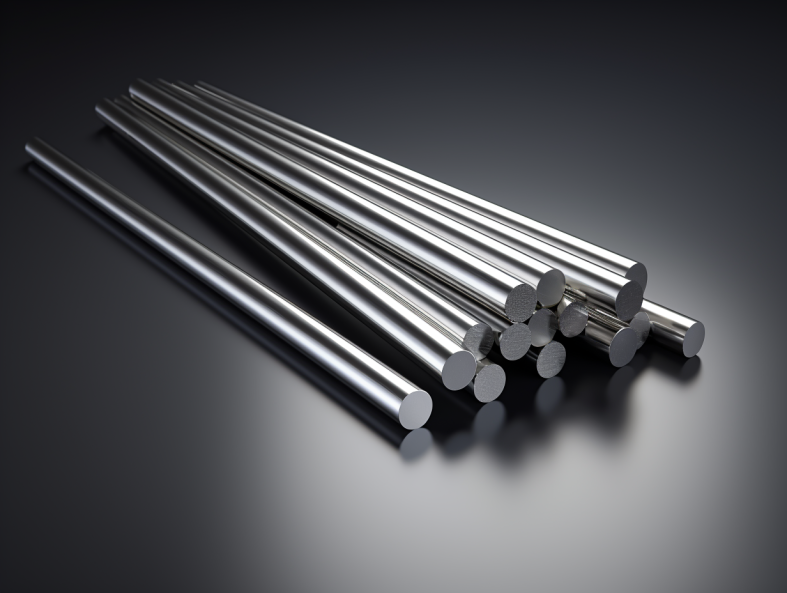
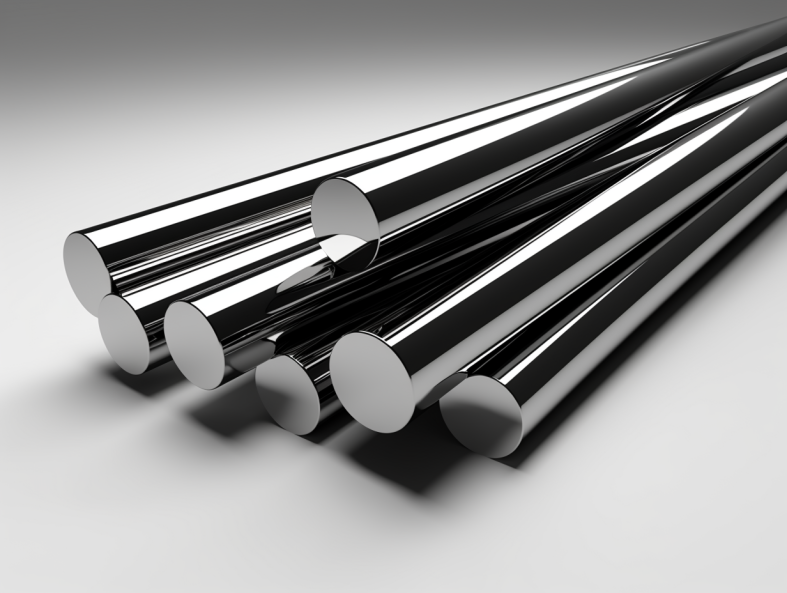
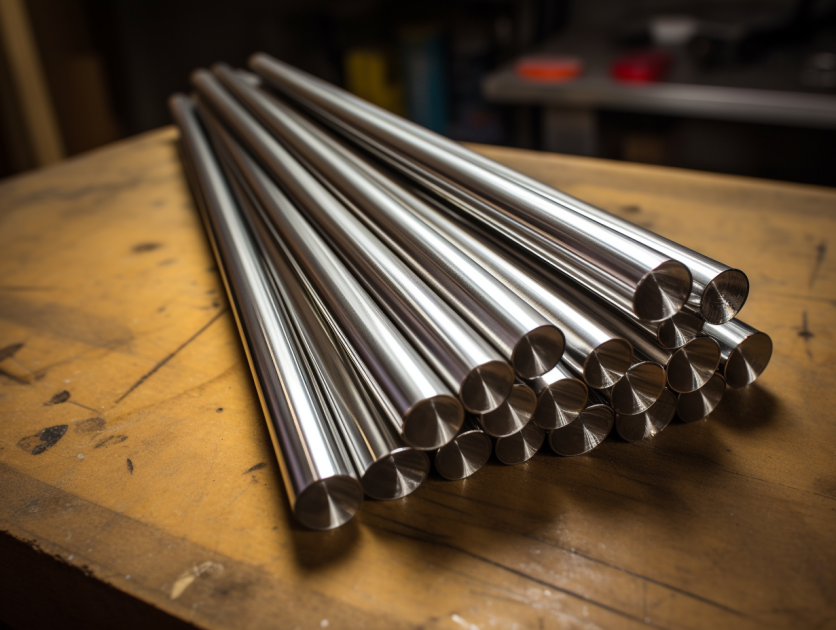
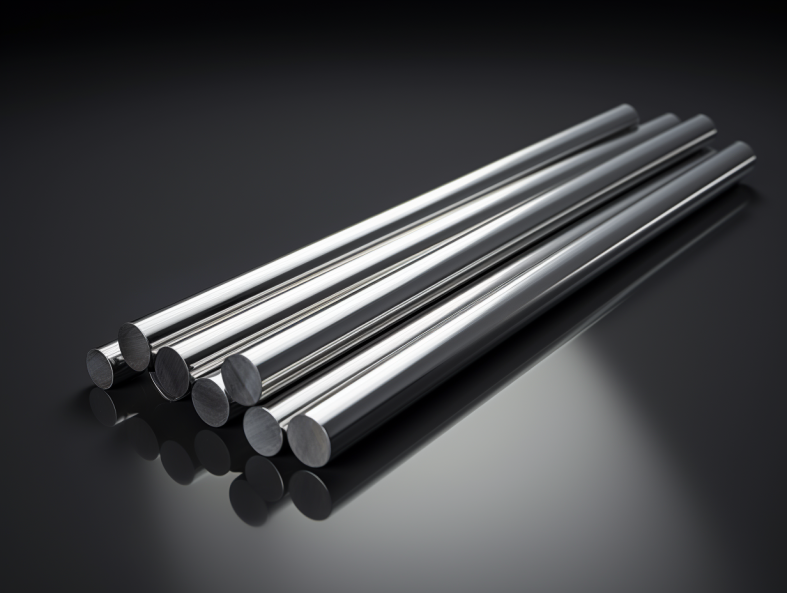


Use of Processed Carbide Rods in High-Precision Mold Manufacturing
The manufacturing of high-precision molds is another area where carbide rods excel. Molds require materials with impeccable strength, wear resistance, and dimensional stability, and carbide delivers on all fronts.
| Feature of Carbide Rods | How It Benefits Mold Manufacturing | Examples |
|---|---|---|
| Dimensional Accuracy | Ensures tight tolerances for precise mold shapes | Injection molds, die-casting molds |
| Wear Resistance | Prolongs mold life, reducing maintenance | Plastic, metal, and ceramic molds |
| Thermal Stability | Handles extreme temperatures during production | Heat-resistant molding components |
This combination of features makes carbide rods the material of choice for producing molds that require high precision and durability.
High-Strength Applications of Carbide Rods in Aerospace
Carbide rods are also a vital component in the aerospace industry. Aircraft engines and components demand materials that can withstand incredible pressures and temperatures while maintaining structural integrity.
Imagine a jet engine running at thousands of revolutions per minute—every component must perform flawlessly. Carbide rods are used in:
- Engine components: Because of their heat resistance and durability, they’re ideal for turbines and compressors.
- Structural fasteners: They hold critical parts together, offering reliability where failure isn’t an option.
Carbide Rods in Manufacturing Durable Medical Equipment
The medical field demands materials that are both precise and durable. Carbide rods meet these criteria and are used in a variety of medical tools and devices.
| Medical Application | Equipment Produced | Key Benefits of Carbide |
|---|---|---|
| Surgical Instruments | Scalpels, bone drills | High precision, corrosion resistance |
| Diagnostic Equipment | Components in imaging machines | Longevity, thermal stability |
| Orthopedic Devices | Pins, screws, and plates | Strength to support heavy loads |
With their high durability and resistance to wear, carbide rods ensure that medical equipment remains reliable over long periods.

Key Parameters of Carbide Rods for Various Applications
To better understand the versatility of carbide rods, here’s a detailed comparison of their parameters for different use cases:
| Parameter | Cutting Tools | High-Precision Electronics | Mining Applications | Medical Equipment |
|---|---|---|---|---|
| Hardness (HRC) | 89–94 | 85–90 | 88–92 | 86–91 |
| Thermal Conductivity | High | Extremely High | Moderate | High |
| Tensile Strength (MPa) | 1500–2000 | 1200–1800 | 1400–1900 | 1300–1700 |
| Corrosion Resistance | Moderate to High | High | Moderate | Very High |
FAQs
| Question | Answer |
|---|---|
| What are carbide rods made of? | Carbide rods are typically made of tungsten carbide combined with cobalt. |
| Why are carbide rods so durable? | Their unique microstructure and high hardness make them incredibly wear-resistant. |
| Can carbide rods withstand high temperatures? | Yes, they maintain their strength and structure even in extreme heat. |
| What industries commonly use carbide rods? | Aerospace, medical, mining, manufacturing, and electronics. |
| Are carbide rods expensive? | They are costlier than some materials but offer exceptional longevity and performance. |
By breaking down the features and applications of carbide rods, it’s clear that they’re indispensable across many industries. Whether you’re developing cutting tools, electronic components, or even aerospace equipment, carbide rods deliver unmatched performance and reliability. For manufacturers looking for durability and precision, carbide rods are worth the investment.




